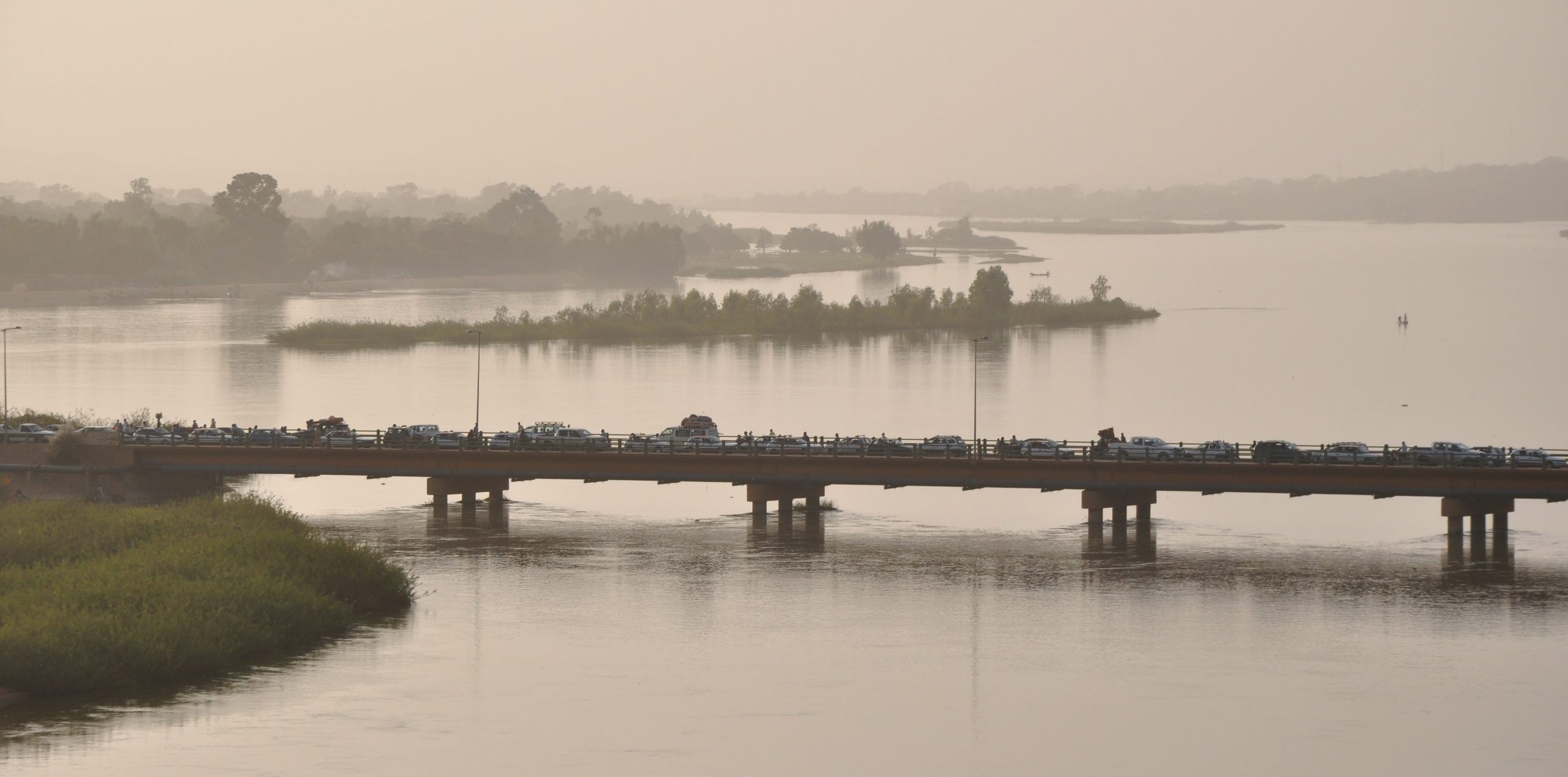Nile River annual floods

The Nile River, often referred to as the “lifeblood of Egypt,” has a rich history intertwined with the annual flooding that has both blessed and challenged the people living along its banks for thousands of years. In this blog post, we will delve into the complex relationship between the Nile’s annual floods and the communities that rely on its waters for sustenance, exploring why this natural phenomenon is considered both a blessing and a challenge.
Blessings of the Nile’s Annual Floods:
Fertile Soil Enrichment:
The annual floodwaters of the Nile bring with them nutrient-rich silt, known as “black gold.” As the river overflows its banks, it deposits this fertile soil onto the surrounding fields, replenishing the land and making it incredibly fertile. This natural fertilizer has sustained agriculture in Egypt and Sudan for centuries, allowing for the cultivation of a variety of crops.
Predictable Agricultural Cycles:
The regularity and predictability of the Nile’s annual floods have allowed farmers to develop an agricultural calendar that aligns perfectly with the river’s cycles. This reliability enables them to plan their planting and harvesting seasons, maximizing crop yields.
Water Supply for Livelihoods:
The annual floods ensure a consistent water supply for both irrigation and domestic use. Communities along the Nile rely on this water not only for agriculture but also for drinking, washing, and daily life. It has become an integral part of their livelihoods.
Natural Fisheries:
The inundation of floodwaters creates temporary lakes and swamps, providing a natural habitat for fish. Fishing during the flood season has been a significant source of sustenance and income for many communities along the Nile.
Challenges Posed by the Nile’s Annual Floods:
Flooding and Destruction:
While the flooding is essential for soil enrichment, it can also lead to severe flooding and destruction of homes and infrastructure. In years of exceptionally high floods, entire communities can be displaced, and valuable farmland may be submerged.
Managing Floodwaters:
The need to manage the floodwaters is a constant challenge. Ancient Egyptians developed a system of dikes and canals to divert water to where it was needed, but even today, maintaining this infrastructure and ensuring proper water distribution is an ongoing struggle.
Health Risks:
Stagnant floodwaters can become breeding grounds for diseases like malaria. Communities must take precautions to safeguard their health during and after the flooding.
Dependence and Vulnerability:
While the Nile’s annual floods are a blessing, the heavy reliance on this natural event makes communities vulnerable to variations in flood intensity. Droughts or unusually low floods can lead to food shortages and economic hardships.
Adapting to the Blessings and Challenges:
Modern Irrigation Techniques:
To mitigate the challenges posed by flooding, modern irrigation techniques have been introduced. Dams and reservoirs store excess water during flood periods, releasing it gradually to ensure a more consistent water supply.
Infrastructure Development:
Investment in infrastructure, such as levees, canals, and drainage systems, has helped control flooding and protect communities from its destructive impact.
Crop Diversification:
To reduce vulnerability to variations in flood intensity, communities are diversifying their crops and adopting resilient agricultural practices. This enables them to adapt to changing conditions.
Healthcare and Education:
Efforts to improve healthcare and education in Nile River communities are essential for reducing health risks associated with stagnant floodwaters and building resilience to environmental challenges.
Conclusion:
The annual flooding of the Nile River is a complex phenomenon that has both blessed and challenged the communities living along its banks for millennia. While it provides fertile soil, predictable agricultural cycles, and vital water resources, it also presents risks of flooding and health hazards. Modern solutions, infrastructure development, and community adaptation are crucial for harnessing the blessings of the Nile’s annual floods while mitigating their challenges.




